Estimated reading time: 11 minutes
A
s an ecommerce luxury brand it is important to us at Maxwell-Scott to adapt our workplace to the modern world. With the development of supportive technologies and a greater understanding of well-being, this is an ever-evolving environment. As Erica Wolfe Murray, founder of Lola-Media and the UK’s leading Business and Innovation Expert, explains:
“The workplace will go on evolving and changing to fulfill our needs as it always has. But it just happens faster now than it did before.”
These changes affect when, where and how we work. Though, at their core, the biggest future workplace trends centre around increased flexibility, engagement and fostering positive workplace cultures for the employee.
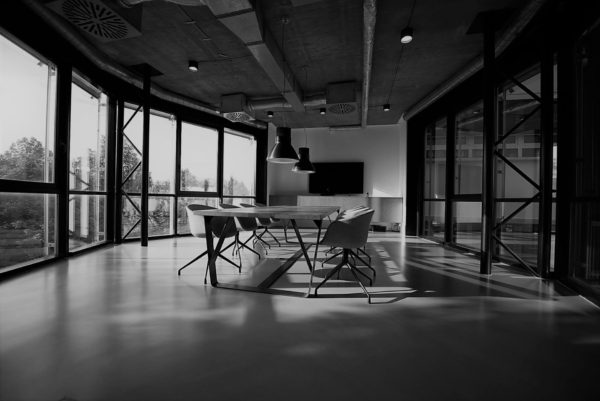
One of the biggest workplace transformations in the past decades has been the growing emphasis on technology. This is set to continue. As technology becomes ever present in our lives, it is understandable that it will continually influence how we work. Executive coach and founder of people development consultancy Hunter Roberts Susy Roberts points out two significant factors in this change. Firstly that there is a massive shift in the demographic of the working population, as a generation that has grown up with social media and smartphones replaces retiring baby boomers, and in the use of AI/robots in completing routine tasks.
A New Generation
The changing demographic of the workforce is important as these new employees expect to use a high degree of technology within their workplace. In fact, by 2020, this generation will account for 50% of all employees. They have always been surrounded by a growing number of intelligent, data-driven devices with smartphones, tablets and wearable technology still only themselves in their infancy. It is, however, a crucial area of development as global mobile penetration is predicted to reach 71% by 2025. With an already high level of technological literacy, this generation will likely see a boom in technology which increases efficiency on the go. In the future then it appears that the incoming generation of workers will be tied to their phones, rather than their desks.
Artificial Intelligence
AI and robots provide us with the opportunity to shift employee focus towards more creative, less monotonous tasks. This area of technological research will, according to Roberts,
“continue to develop apace and whole sectors and roles will eventually be replaced by automation or the use of robots.”
In fact, a study by researchers at Oxford University and Deloitte showed that around 35% of current jobs could be computerised over the following 20 years. This will highly alter our work landscape and suggests that in the future AI will offer us time – our most precious resource – to get more influential work done. It may take some adjusting to but it seems that AI will be an progressively pervasive force in altering how we work within the workplace in the coming decades.
Though it is generally agreed that the future of the workplace is rooted in technology, it will also be defined by people. A recent study, led by the World Health Organisation, estimates that depression and anxiety disorders cost the global economy US$ 1 trillion each year in lost productivity. Therefore, mental and emotional well-being will be central to improvements in the workplace in the future. Part of this is a change to when we work.
The average 9 to 5 working day, five days a week, was established by Ford Motors in 1914. Ford decided to reduce the working week from 48 to 40 hours as he believed that too many hours were bad for workers’ productivity. Now over a century has passed and we remain faithful to this formula, even though conditions and technological capabilities are very different today. Ergo, it seems inevitable that there will be a shift in our working hours in the future in order to better reflect the modern employee. There are three main possibilities: shorter days, 4 day weeks and zero hour contracts.
Zero Hour Contracts
Zero hour contracts are already a growing option within the workplace and have understandably received significant negative press. Roberts, however, argues that there will continue to be an increase in their use. This is because people want flexibility and agile working which zero hour contracts can provide for many. They are especially convenient and beneficial to those who want to work around commitments or perhaps continue to work after retirement. As we alter the way in which we work hopefully zero hour contracts will evolve and offer many the possibility to adapt work to their life, rather than the other way around.
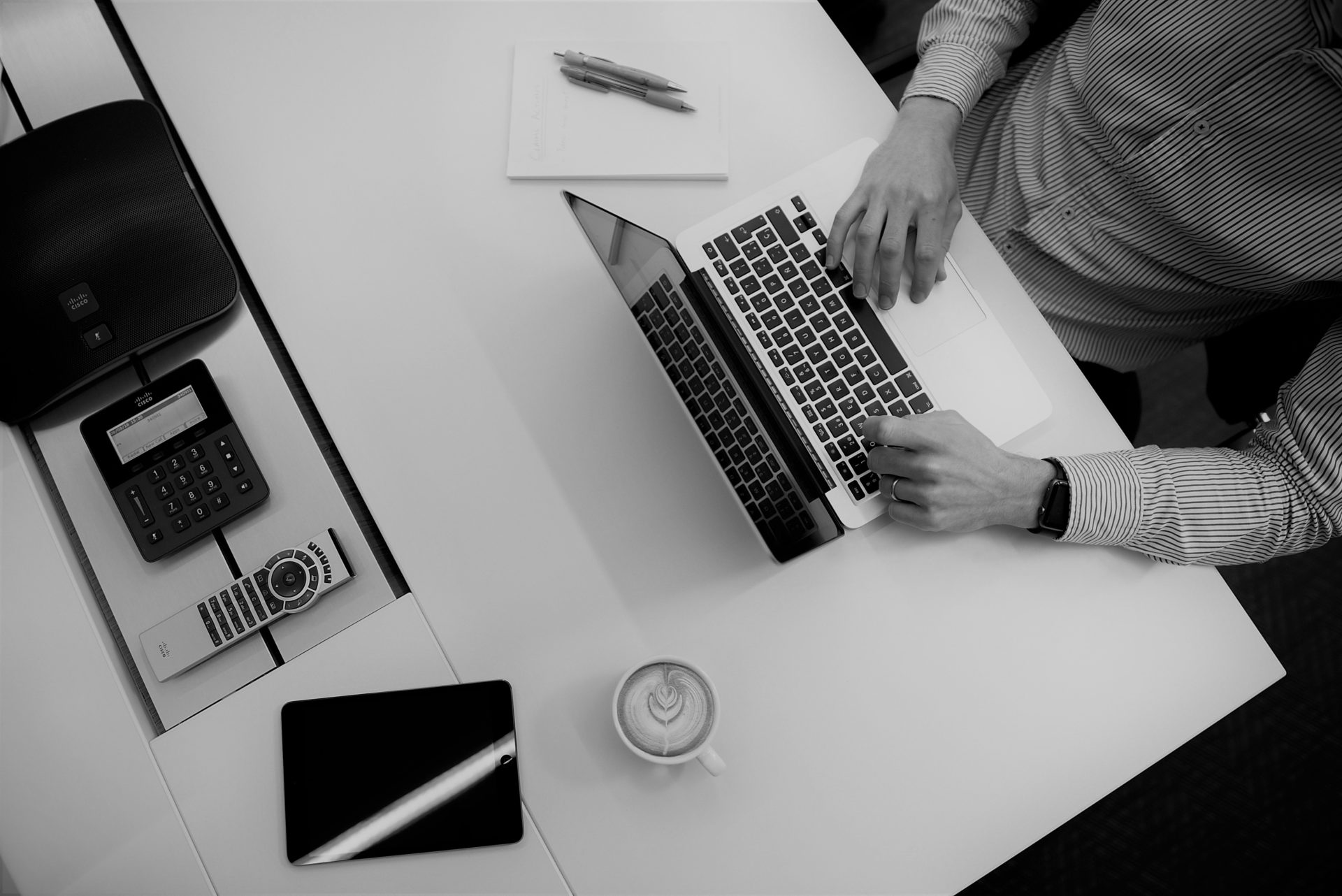
Shorter Days
Eight hours is a long period of time for an individual to execute a single job. Therefore, there has been some research into the possibility of working shorter days. For example, for 23 months from February 2015 to December 2016, a select group of workers in Gothenburg, Sweden, were switched to a six-hour workday to evaluate its potential benefits. The four main benefits found were: a boost in morale and creative ideas, more time for personal development, a decrease in decision fatigue with efficiency key within a 6 hour day and health savings. Health savings in particular refers to a 4.7% reduction in total sick days taken, and a noticeable reduction in absenteeism. This may be due to the fact that, among the group studied, more than 50% of nurses reported having energy after work in a six-hour workday, compared to 20% for eight-hour workers. They were less stressed and had reduced neck and back pain as well. The details of how a shorter day may work within the future of the workplace are yet to be refined. For entrepreneurs and politicians, for example, the key is to ensure that shorter working hours result in higher productivity and other benefits that outweigh the additional costs. Inevitably the transition may be slow, but shorter working days has the potential to be a positive change in when we work.
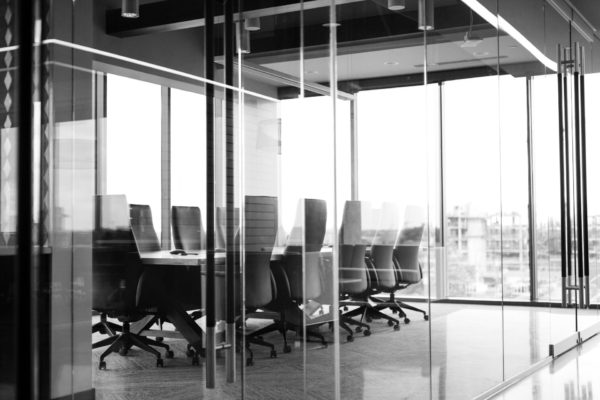
The 4 Day Week
Lastly, in a similar vein to shorter working hours, there has been a growing call for a 4 day working week. The UK Trade Union Council (TUC) did just this in its September 2018 report. This request does seem fitting in order to adapt the workplace to the Twenty-First Century with its advances in technology – especially artificial intelligence. The efficiency improvement that this provides suggests that a 4 day week (equating to 28 hours) is feasible. The TUC based its suggestion on a survey of its members which indicated that it was the most popular option. A 4 day week was favoured by 45% of participants, with 81% wanting a reduction of at least one day. Clearly popular within the workforce, the idea to decrease our working hours to just 4 days a week is additionally proven to be beneficial in terms of increased engagement and decreased stress, though many are skeptical of its practicality across economies. Consequently Paul Swinney, the head of policy and research at the Center for Cities, a London-based think tank, explained that four days may be the norm in 50 or 100 years’ time. Certainly, “we shouldn’t expect it by 2020.”
A change in when we work then may take another century but, as we continue research into technology and best practice, Ford’s decision to implement the 9 to 5 working day may not always dictate the workplace.
Also undergoing a considerable shift is where we work. Notably, there is an escalating focus on workplace culture which Roberts explains is again a modification due to the younger generations. She argues that younger generations are placing increasing importance on culture in the workplace over pay and bonuses. This is because they are more willing to change jobs frequently if they do not feel a cultural fit. Forward-thinking organisations are beginning to recognise this and, as a result, there is more focus on creating a better working environment and innovative work practices, rather than offering company cars or subsidised gym memberships. From this, it is clear that creating a positive workplace environment remains one of the only sustainable competitive advantages in the market for labour. Culture will become progressively decisive in attracting the very best employees.
Likewise, the impact of culture on employee engagement is meaningful. Energage is an employee engagement platform which has surveyed 47,000 organizations in more than a decade. From this research, they have shown that companies that are culturally aware achieve almost double the engagement rate, with those in the top 10% seeing engagement levels above 85%. Engagement is essential because it implies high productivity, better performance and a stronger retention rate of staff.
Just as culture is critical to where we will work in the future as is the physical environment, be that in the office or from more remote locations.
In The Office
The Future Laboratory created a Foresight Report for design and architecture company MoreySmith to help them further understand the psychology of the future workforce and emphasize the significance of workplace design. It provides insight into how Open Work spaces will supersede today’s open-plan offices by empowering people through fit-for-purpose buildings and workspaces for tomorrow’s increasingly agile, diverse and multigenerational workers. The three archetypes for the future Open Work space are:

1. Sentient work spaces which will adapt the environment perfectly to the employee with features such as oxygenating and chilling the air around your desk to counteract any chance of an afternoon slump. It will be an “intuitive, human-orientated environment driven by smart AI systems that optimise workers’ performance.”
2. Hospitality workplaces means spaces where work, play and rest are combined under one roof. For the younger generations it is paramount to create seamless environments which include the company-owned office alongside collaborative start-up incubators, communal third spaces to sleep, socialise and integrate, and public facilities such as galleries, gyms and health centres.
3. Flat Age Workplaces will incorporate sound-proofed VR learning labs, mentoring pods and diversity incubators. Initiatives such as buddy desks where workers with complementing skillsets or knowledge can be paired up to boost intergenerational working relations are also welcomed. It is a place to simulate the employee to produce the very best.
This report highlights how the office will be given a facelift as it brings together concepts of culture and technology into the very fabric of the building. It is safe to say in the future the humble office will be smarter, slicker and more attentive to the well-being of the employee.
Remote Workplaces
Moreover Murray states that wild working (or remote working) is proving more and more popular – with all ages. She questions:
“Why be tied to a desk, a commute, the British winter, when your productivity relies on a laptop linked to a fast internet connection?”
After all, all that matters is the output. In fact, in 2017, the Office of National Statistics revealed the number of people remote working had risen by almost a quarter of a million (241,000) over a decade and predicted 50% of the workforce will work remotely by 2020; come 2025 remote working is expected to far rival fixed office locations. Technology is providing us with the opportunity to instantly communicate across greater areas, especially with the introduction of virtual work groups such as Basecamp, telepresence robots and virtual reality.
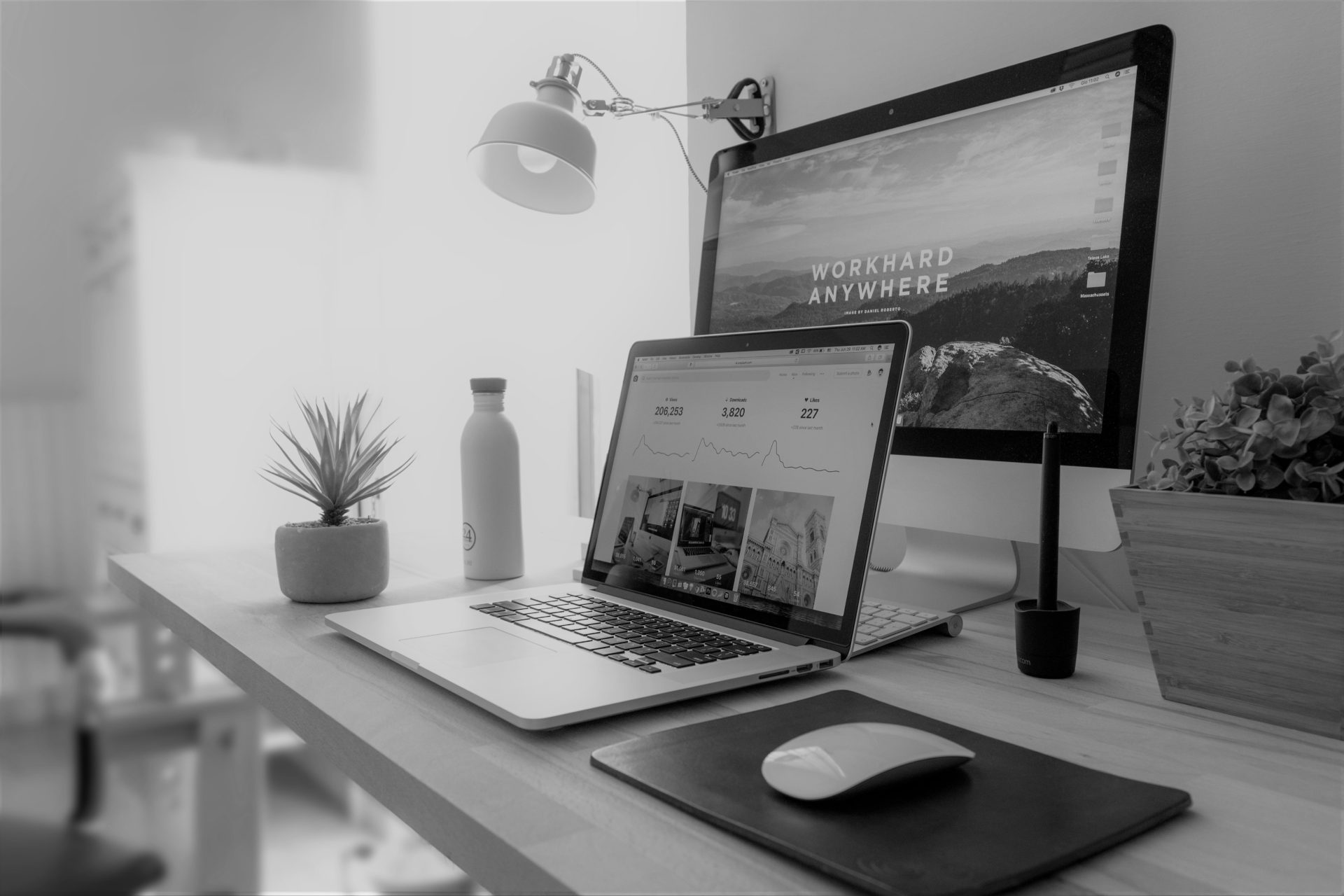
This shift to remote workplaces also reflects the globalisation trend. This has seen a rise in the number of organisations that are no longer country-focused and are instead linking over much wider spaces. Roberts explains that even organisations that do not operate internationally are increasingly recognising that insisting on all employees being present in one single location isn’t the most cost-effective or productive way of working. Understandably then The Grand, York, has seen a surge in conference days for businesses who already offer remote working so that their employees can come together for essential meetings. On either a quarterly or half-yearly basis, conference days, or kick-off days as they are sometimes called, are an effective way to maintain working relationships, ensure visibility and promote collaboration. It is likely that the frequency of such days will rise simultaneously with remote working.
As a result, workplace culture and the environment in which we will work in the future will evolve to suit the employer and employee with greater flexibility and a positive focus on well-being.
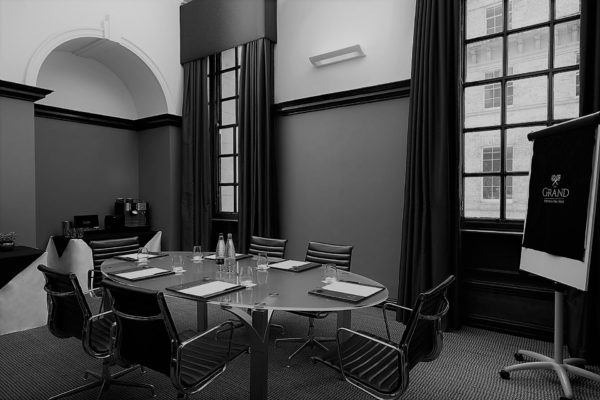
In conclusion, it is clear that the future of the workplace will be more flexible, engaging and positive for the employee. How we work will change as technology becomes even more prevalent and AI/robots led to the automation of many monotonous, lengthy tasks. This may then influence when we work by improving efficiency to allow for shorter days or 4 day weeks to become the norm. Where this work takes place will change as well, with offices becoming smarter and remote working increasingly common. The old adage that only time will tell however rings true here as we collectively gradually edge further into the Twenty-First Century.